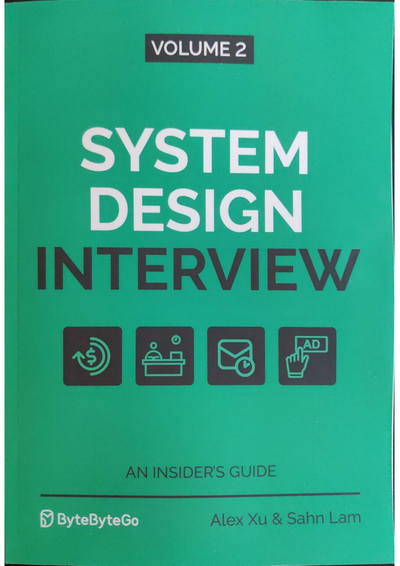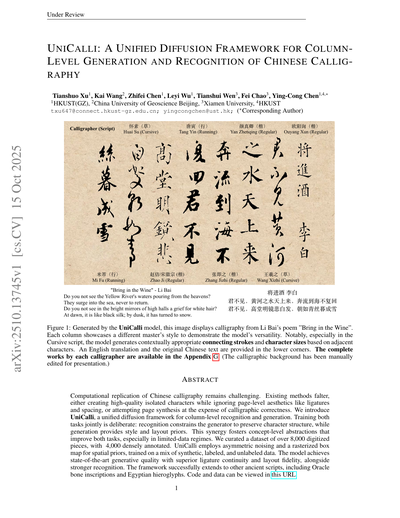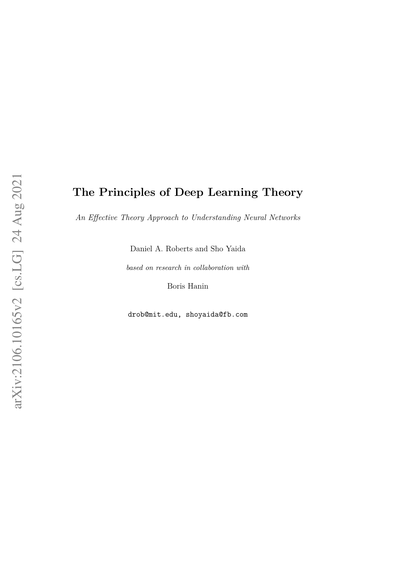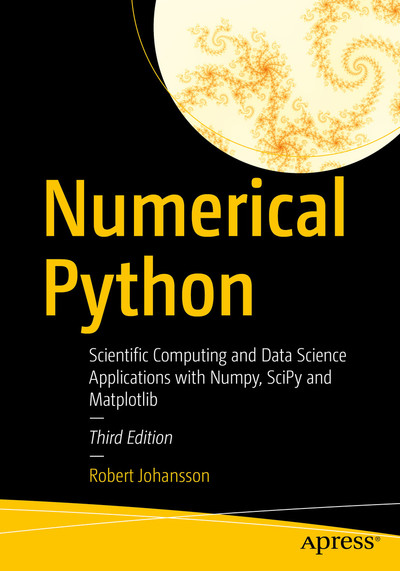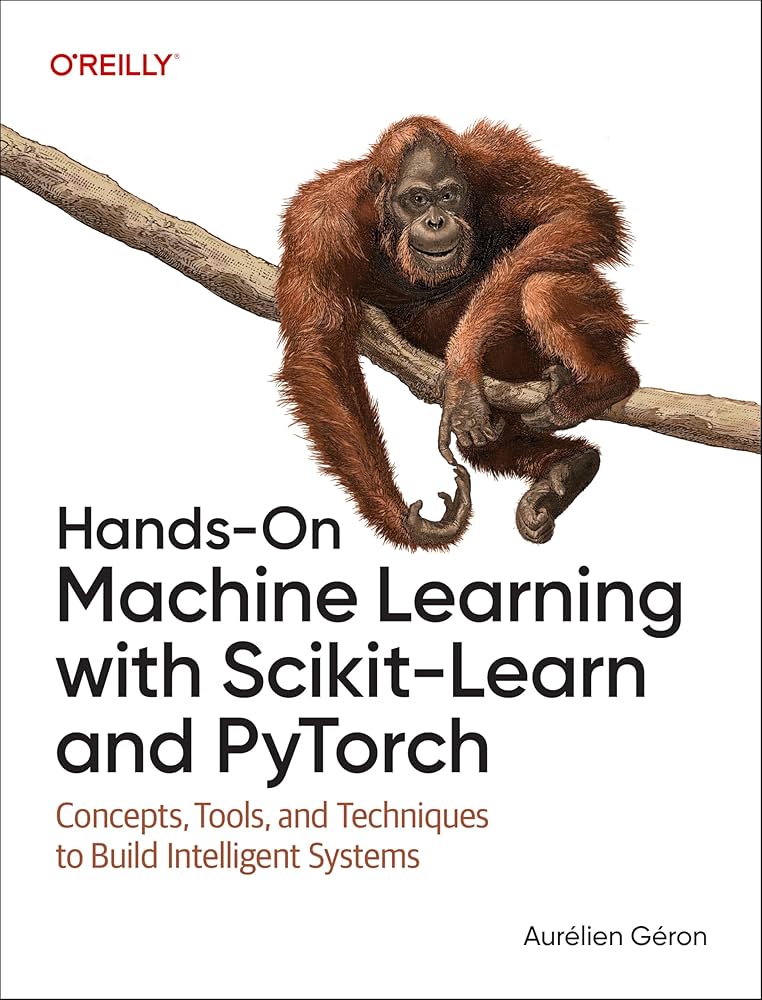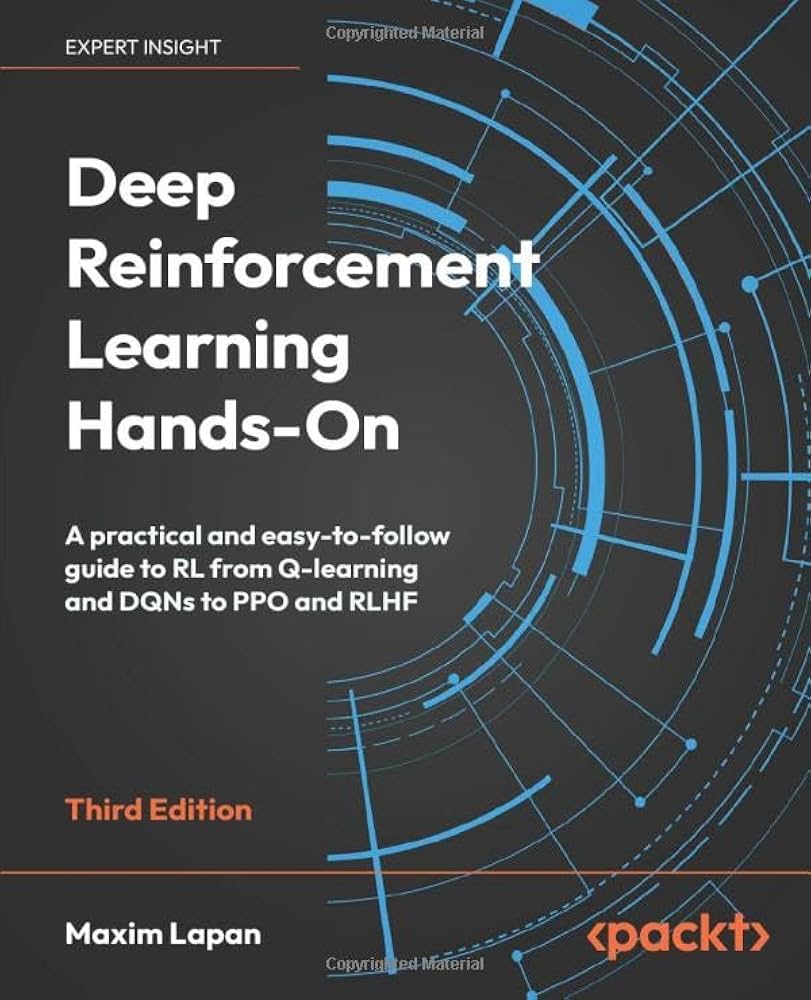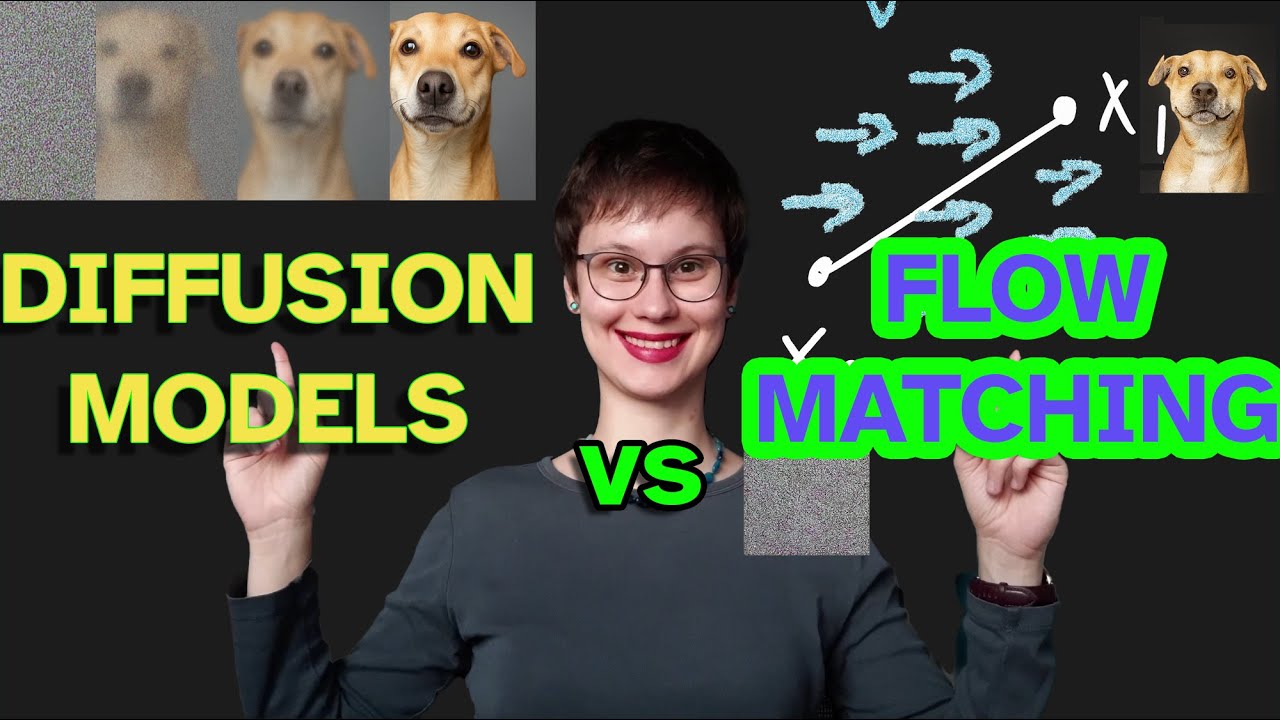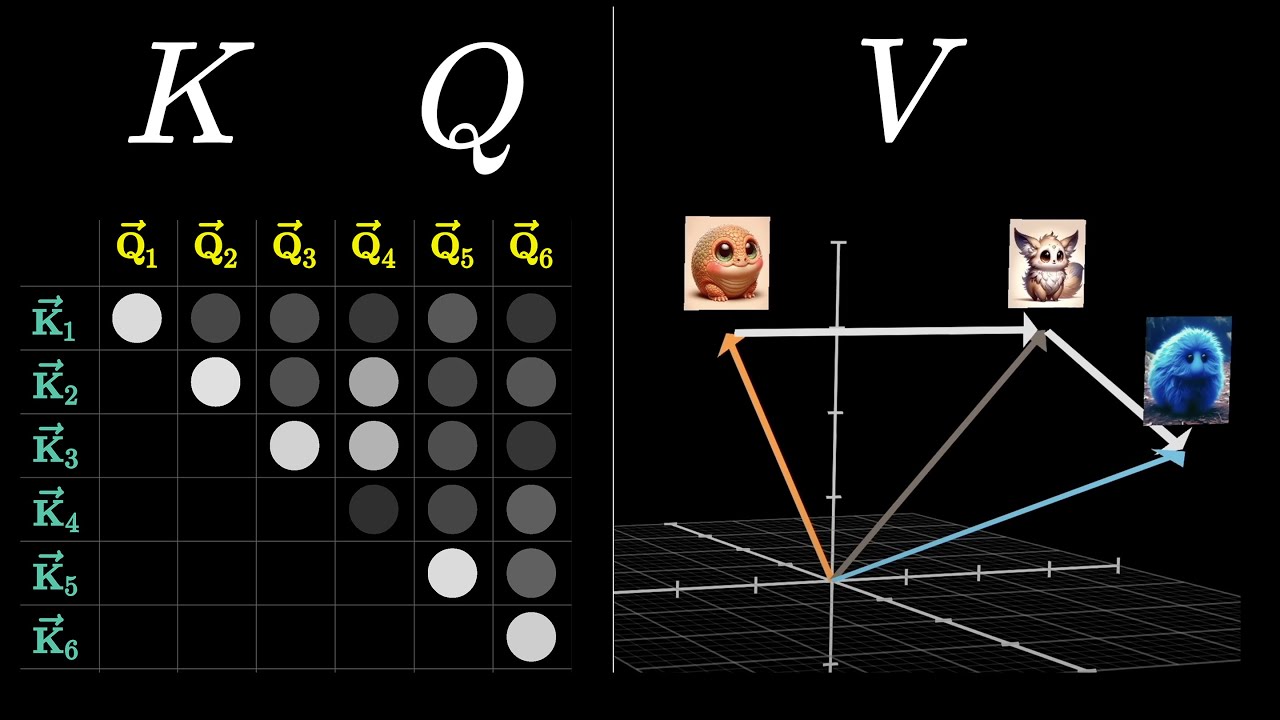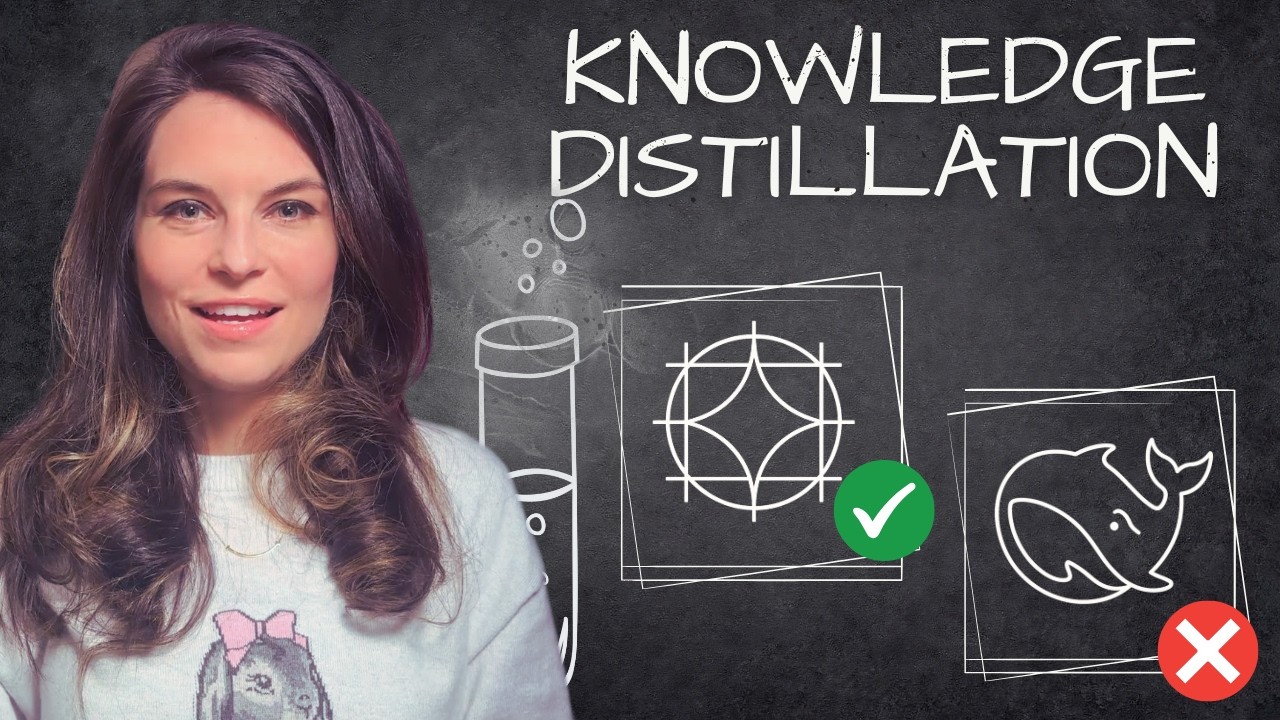
Online Workshop Every Week
Join our free weekly interactive learning sessions.
Master AI/ML with instant feedback and personalized learning
"Cogito, ergo sum" (I think, therefore I am)
— René Descartes

Free Problems
9 Design a notification/alerting service
This problem set covers key concepts from Chapter 9: Design a notification/alerting service. The problems test understanding of functional requirements, non-functional requirements, system architecture, and design considerations for building a scalable notification service that supports multiple channels like email, SMS, and push notifications.
32 pts
Medium
99
functional-requirements
uptime-monitoring
infrastructure-dependencies
+7
8 Design a rate-limiting service
This problem set covers key concepts from the O'Reilly chapter "8 Design a rate-limiting service" including rate limiting algorithms, architectural approaches, tradeoffs, and implementation considerations. The problems progress from basic concepts to advanced distributed system design challenges.
28 pts
Medium
103
rate-limiting
security
traffic-management
+7
7 Design Craigslist
This problem set covers key concepts from the O'Reilly chapter "7 Design Craigslist" focusing on system design for a classifieds application. Topics include user stories, API design, SQL schema, high-level architecture, caching strategies, scaling approaches, and tradeoffs between different design decisions. Each question tests understanding of real-world system design challenges and solutions discussed in the chapter.
30 pts
Medium
103
user-stories
requirements
system-design
+7
6 Common services for functional partitioning
This problem set covers key concepts from Chapter 6 on functional partitioning, including API gateways, service meshes, metadata services, and API paradigms. These problems test your understanding of how to centralize cross-cutting concerns and make architectural decisions for scalable systems.
27 pts
Medium
100
api-gateway
cross-cutting-concerns
system-architecture
+7
5 Distributed transactions
This problem set covers distributed transactions concepts from Chapter 5, including event sourcing, Change Data Capture (CDC), sagas, choreography vs. orchestration, and maintaining data consistency across multiple services. These problems test your understanding of how to handle distributed writes and ensure data consistency in microservices architectures.
22 pts
Medium
101
distributed-transactions
acid-properties
consistency
+7
4 Scaling databases
This problem set covers key concepts from Chapter 4 "Scaling databases" including storage services, replication techniques, database sharding, event aggregation, caching strategies, and tradeoffs between different database scaling approaches. These problems test understanding of how to design scalable database systems and make appropriate technology choices based on system requirements.
29 pts
Medium
104
storage-classification
database-types
system-design
+7
Premium Problems
Knowledge Graphs
USA AI Olympiad
Explore competitive programming and AI contest preparation concepts
Grade 5 Math
Discover elementary mathematics concepts and learning paths
Featured PDFs
View All PDFsSystem Design Interview: An Insider's Guide Volume 2
116 questions
348 pts
System Design Interview: An Insider's Guide
108 questions
317 pts
UNICALLI: A UNIFIED DIFFUSION FRAMEWORK FOR COLUMN-LEVEL GENERATION AND RECOGNITION OF CHINESE CALLIGRAPHY
10 questions
38 pts
The Principles of Deep Learning Theory
107 questions
418 pts
Featured Books
View All BooksAcing the System Design Interview
153 questions
456 pts
Numerical Python: Scientific Computing and Data Science Applications with Numpy, SciPy and Matplotlib
190 questions
543 pts
Hands-On Machine Learning with Scikit-Learn and PyTorch
200 questions
554 pts
Deep Reinforcement Learning Hands-On - Third Edition
222 questions
720 pts
Featured Videos
View All VideosFlow-Matching vs Diffusion Models explained side by side
10 questions
29 pts
Attention in transformers, step-by-step | Deep Learning Chapter 6
10 questions
30 pts
Knowledge Distillation: How LLMs train each other
10 questions
27 pts
Diffusion Model
10 questions
32 pts
Popular Topics
machine learning
56
deep learning
40
neural networks
35
reinforcement learning
33
system-design
28
grade5
27
optimization
14
large language models
13
attention mechanisms
13
combinatorics
13
system-architecture
13
natural language processing
12
aime problems
12
Number Sense
12
scalability
11
beginner
10
number theory
10
performance
10
transformers
9
capacity-planning
9
Click on any tag to filter problems by that topic
